Why horse Behavior Matters?
Have you ever wondered your horse suddenly shied away and refuse to move forward, or your arm, well the answer likely lies in the horse behaviors. Horses are prey animals it means their survival instinct are high. For truly bond with your horse, you need to appreciate how they think, feel and react.
Humans tend to relay on verbal communication, but horses communicate mainly through body language and energy. This means that understanding horse behavior require us to understand certain patterns like ear position, tail wiggle, body movements and breathing patterns. These signs tell you if you horse is irritated or normal.
when riders fail to understand this patterns, it can lead to dangerous events. For example, pin ear position may indicate discomfort or disobedience. This can lead to forcing the horse into more stress or pain this can leads to damage the trust and may leads to worst horse behavior.
On the other hand, when you respond perfectly to your horse signals, you show that you are paying attention to the horse behavior. This trust is the foundation of horse riding. It makes riding enjoyable and fun
Hence, understanding horse behaviors can prevent common problems like anger issues separation anxiety etc., These symptoms of unmatched needs or miscommunication, inherent flaws in horse character. By understanding their behaviors correctly, you can see the main cause rather than just the signs.
This can also help in emergencies. For Example, if your horse begins to paw, sweat, or roll, understanding these behaviors early as possible could save the horse. Understanding the horse behavior is not just about bonding, it’s about safety, health and happiness for both horse and horse rider.
Many horse riders ignore the emotional side of horse and think of then as athletes for competition. Whereas horses have unique personality and emotional needs. Understanding this behavior deepens your bond with horse beyond the saddle. Grooming, walks, and even spending time can become a meaningful gesture for understanding the horse behavior.
Horse behavior is a window into your horse’s mind. Learning to understand that behavior can transform your relationship from control to connection. It makes you better horse person calmer and more patient and empathetic.
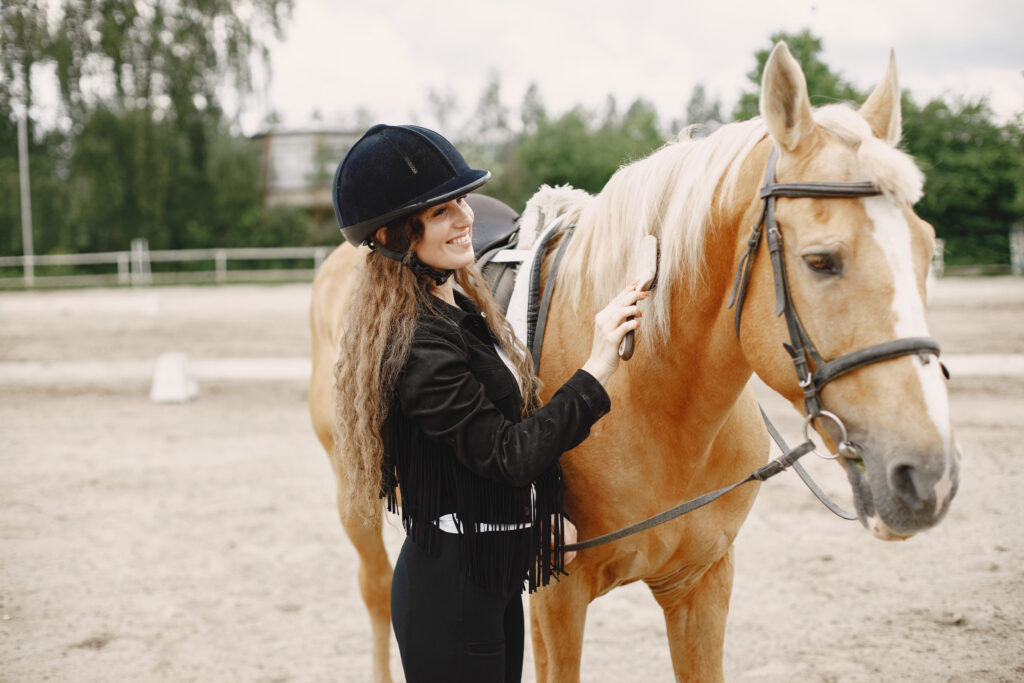
learn more about horse breed Top 3 Horse breed you would love to ride Every time you like
Horse Instinct
for Truly understand the horse behavior, it helps to go back thousand to their roots. Horse have evolved from small forest to large grassland grazer with strong instinct. Their mind, brains and body have been shaped by wilds.
Even today, those instinct influence horse behavior. Horse are prey animals. their first responds to fear is fight. Thats the reason plastic bag blowing in the air or loud noise makes horses panic even in the barn
Flight instinct is not weakness its survival mechanism in horse. Knowing the core feature of the horse behavior help you communicate with your horse calmly instead of losing you patients. If your horse refuses or hesitates near a new object, they are not being stubborn they are identifying risk like their ancestors.
Also horse are herd animals. They survive by being together. herd are mostly lead by a dominant horse who guide their group. this helps us for understanding the horse behavior. Horse needs leadership. And when they know someone like them they are calm.
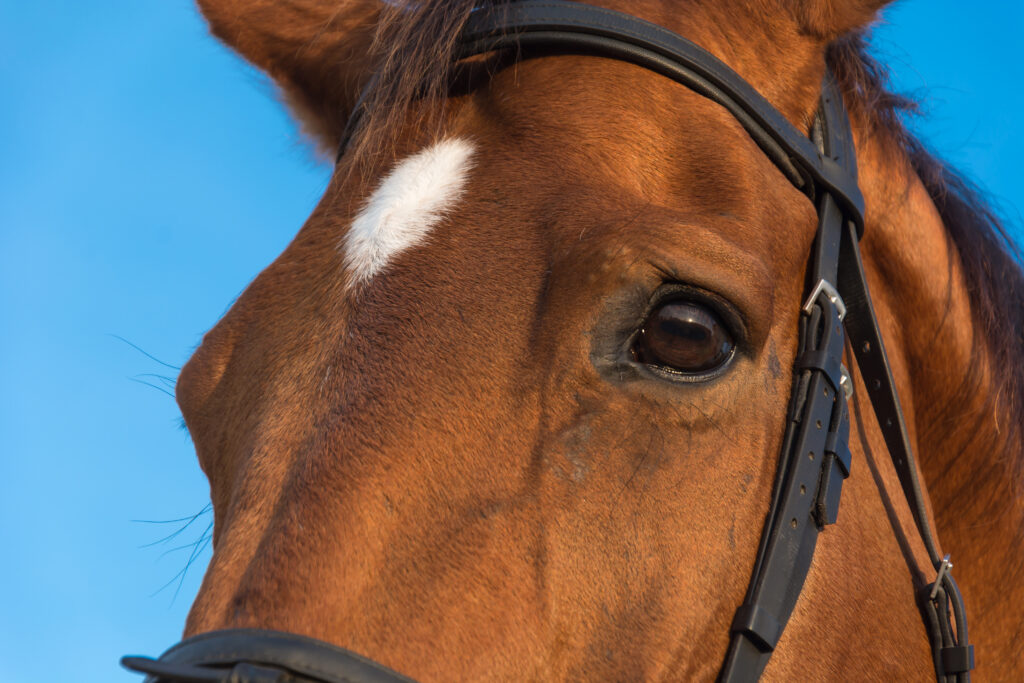
How Horse Communicate ?
Good Communication is heart of every relationship, and it is same between the horse and the humans. Your need to understand to build that unbreakable connection. horse do not relay on spoken words. Mostly horse behavior is expressed by their body language and their facial expressions.
Most major form of communication in horses are body language. ear pin, tail swish or shift in their weight everything has its meaning. Pinned ears indicate irritation, while perked ears means curiosity in horse. one ear forward means horse is showing attention.
Tail is also a good indicator to understand the horse. Relaxed and soft tail swish means horse is calm. A high tail means excitement or fear. Rapid tail swish means discomfort. Observing these things helps in understanding horse behavior helps you to make better bonding.
Facial expression also says tons of things. tight lips and wide eye mean fear or tension. In addition, horse uses vocals. A whinny may be means calling for a friend. And a blow means alertness in horse.
Common Horse Behaviors
Every horse rider has witnessed behavior that they didn’t understand example pawing, rolling, refusing to make a movement or excitement
Lets understand …
- Pawing
It has several Meaning. It may show inpatient, or discomfort. Whereas sometimes excessive pawing means signs of serious health issues. Understanding horse behavior are sometimes critical.
- Rolling
Rolling is the natural behavior of the horse. it signal relaxed. horse loves to roll in dirt mostly after being sweaty all day. Whereas continuous rolling means stomach discomfort. Understanding this aspect of horse behavior could helps you to respond seriously.
- Ear Pinning
It is a clear sign that displeasure or aggression. If ears are flattened it means horse feels annoyed. It’s necessary to respect signal in horse behavior.
By knowing by their behavior, you will be able to respond more effectively because horse needs understanding.
Recognizing Signs of Discomfort
The Most valuable skill every horse rider or trainer should develop is ability to understand horse is stressed or uncomfortable or in pain. Many issues in training arise because of the signals being misunderstood. Deeper understanding on horse helps you to spot these signs as soon as possible.
Thats why understanding the subtle changes in horse behavior is necessary to understand them.
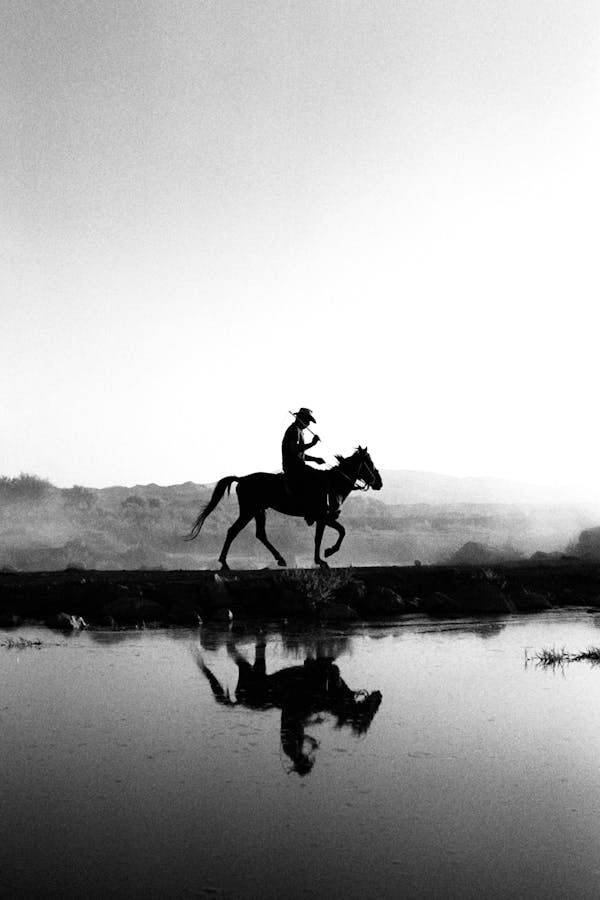
Building Trust
Most powerful way to build your trust, respect and good communication with your horse is groundwork. Establishing their bond on ground can change horse behavior and makes them more responsive and willing.
Groundwork means training done on the ground like yielding etc. This gives you an opportunity to study your horse body language and it helps to understand them better.
Groundwork is the foundation of positive horse behavior. The time you spend with your horse is most valuable for building trust.
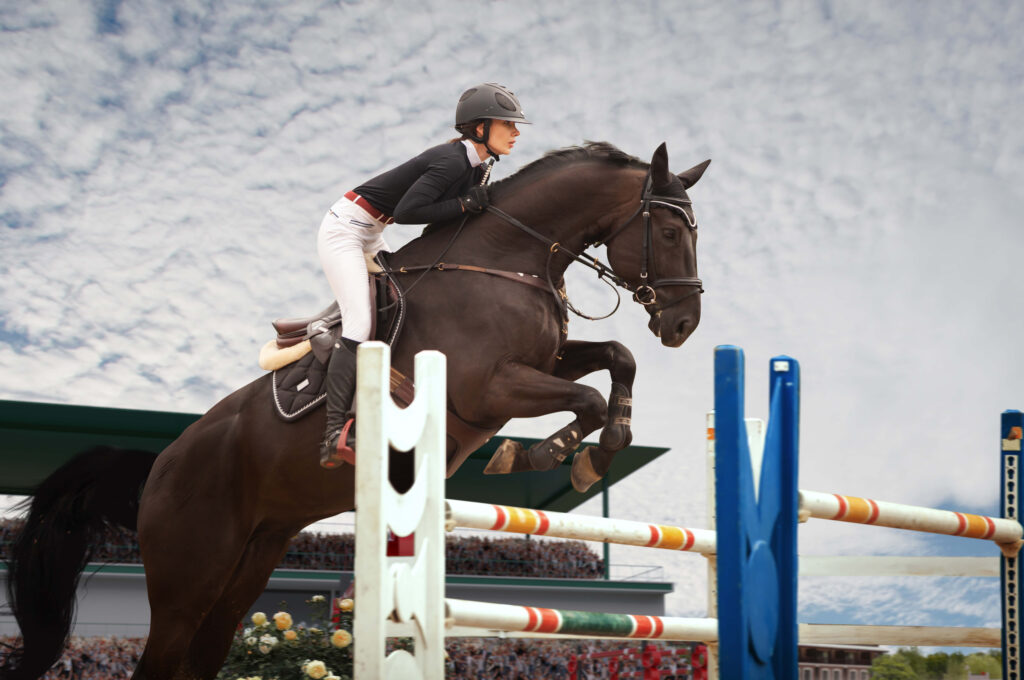
Buy Silk Cloth Bridal Wedding Bouquets Rose Flower Flowers, Petals





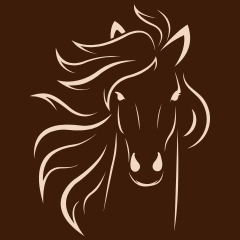

Leave a Reply